
cd_nom
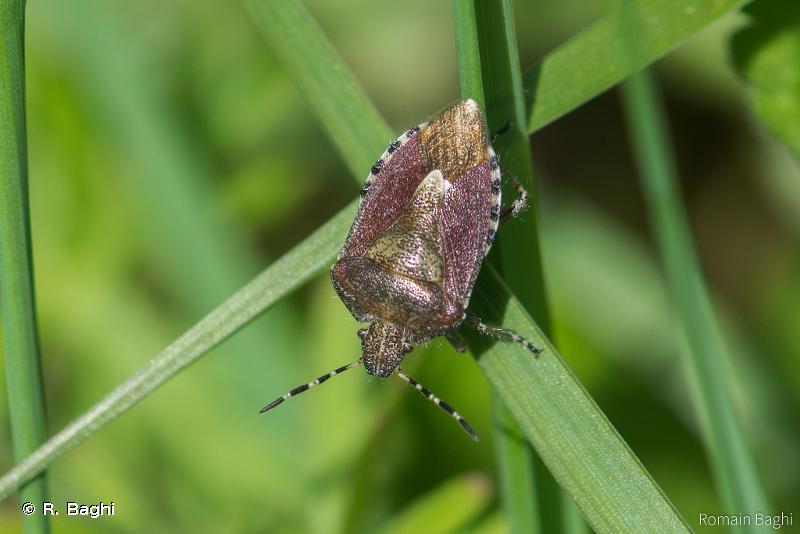
| Author : R. Baghi |
 |
Despite the Creative Commons license, please inform the author of the use which will be made of his photo
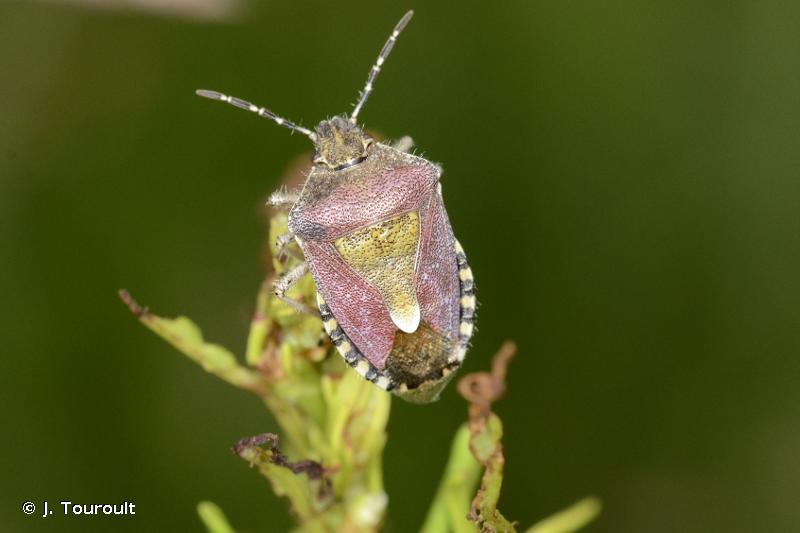
| Author : J. Touroult |
 |
To get the picture, please visit:
Despite the Creative Commons license, please inform the author of the use which will be made of his photo
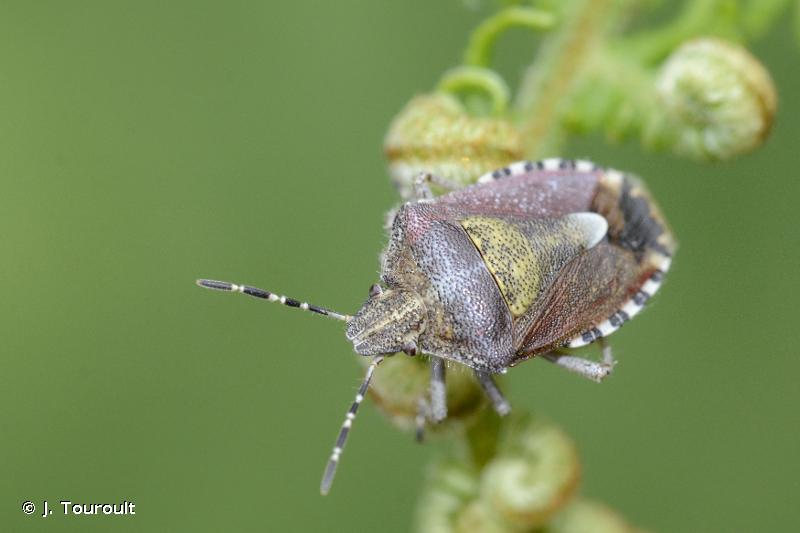
| Author : J. Touroult |
 |
To get the picture, please visit:
Despite the Creative Commons license, please inform the author of the use which will be made of his photo
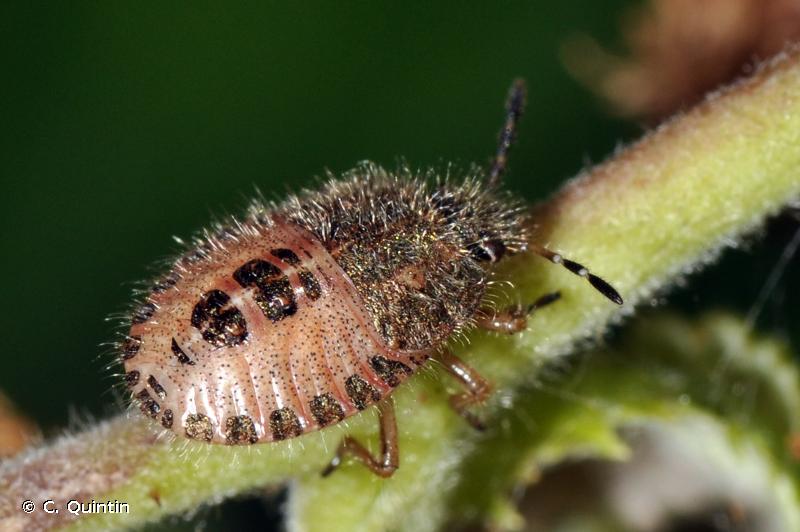
| Author : C. Quintin |
 |
To get the picture, please visit:
Christophe Quintin
email : inpn@mnhn.fr
Despite the Creative Commons license, please inform the author of the use which will be made of his photo
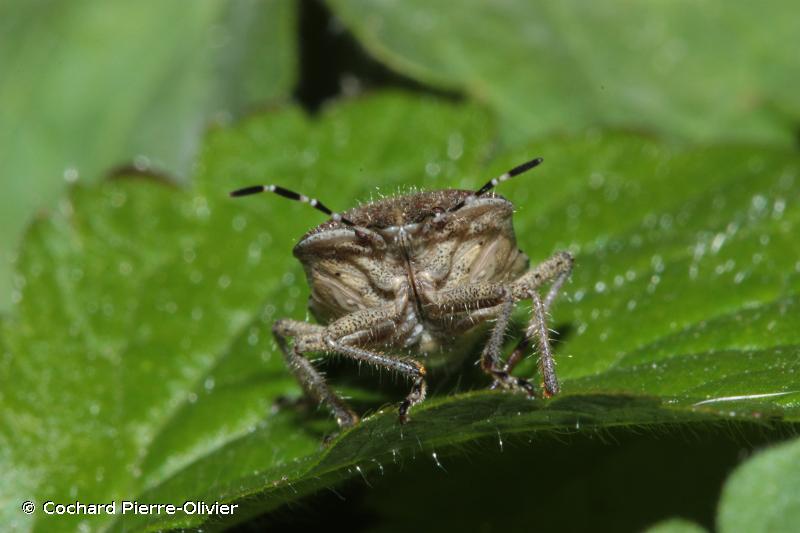
| Author : Cochard Pierre-Olivier |
 |
Despite the Creative Commons license, please inform the author of the use which will be made of his photo
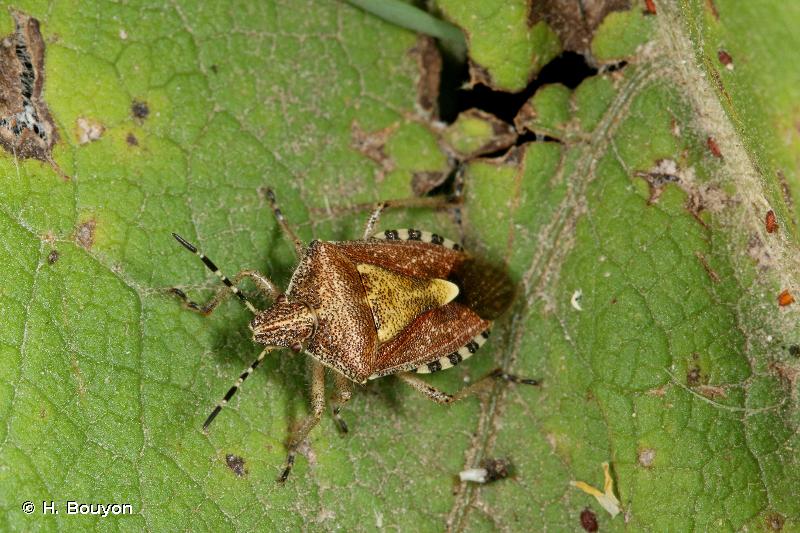
| Author : H. Bouyon |
 |
To get the picture, please visit:
Any reuse of one or more photographs on this site is subject to an authorization request from the author.
Link to the Code of Intellectual Property (Legifrance)
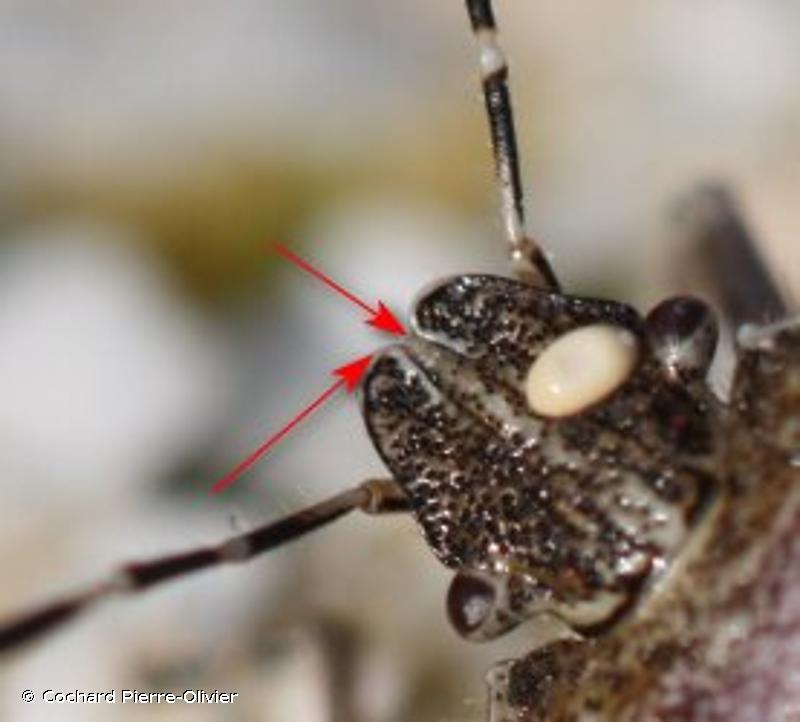
| Author : Cochard Pierre-Olivier |
 |
Despite the Creative Commons license, please inform the author of the use which will be made of his photo
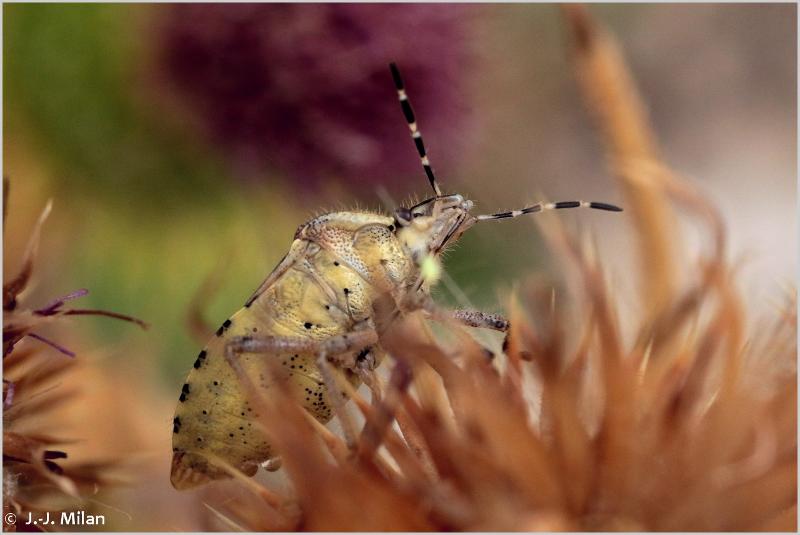
 |
To get the picture, please visit:
Jean-Jacques Milan
http://jjmphoto.fr/#Galeries.B
Société linnéenne de Bordeaux
email : jean.jacques.milan@wanadoo.fr
Despite the Creative Commons license, please inform the author of the use which will be made of his photo

| Author : Benjamin GUICHARD/Agence Française pour la Biodiversité |
 |
To get the picture, please visit:
Benjamin Guichard
email : inpn@mnhn.fr
Despite the Creative Commons license, please inform the author of the use which will be made of his photo

| Author : Cochard Pierre-Olivier |
 |
Despite the Creative Commons license, please inform the author of the use which will be made of his photo

| Author : R. Poncet |
 |
To get the picture, please visit:
Rémy Poncet
Muséum national d'Histoire naturelle - PatriNat
36 rue Geoffroy Saint-Hilaire CP 41
75 231 PARIS CEDEX 05
e-mail : inpn@mnhn.fr
Despite the Creative Commons license, please inform the author of the use which will be made of his photo
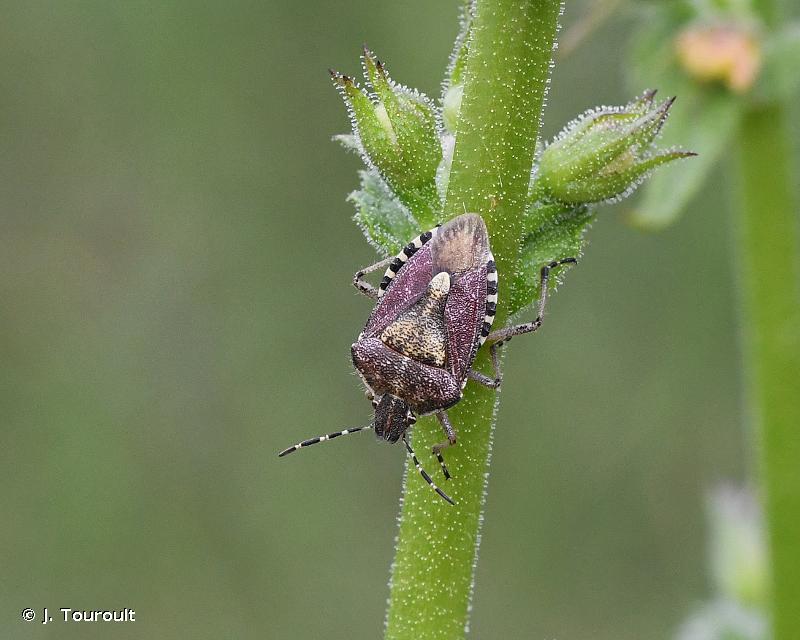
| Author : J. Touroult |
 |
To get the picture, please visit:
Julien Touroult
PatriNat (OFB - MNHN)
CP41, 36 rue Geoffroy Saint-Hilaire, 75005 Paris
Legend: Lot-et-Garonne
Despite the Creative Commons license, please inform the author of the use which will be made of his photo
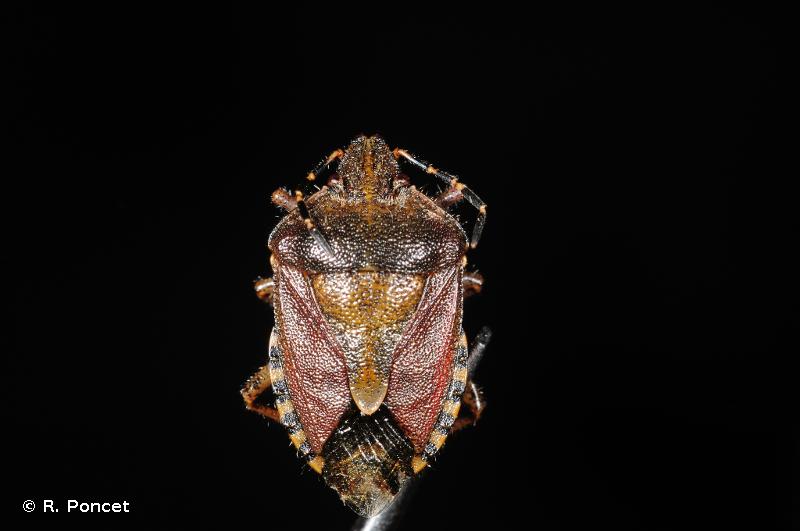
| Author : R. Poncet |
 |
To get the picture, please visit:
Rémy Poncet
Muséum national d'Histoire naturelle - PatriNat
36 rue Geoffroy Saint-Hilaire CP 41
75 231 PARIS CEDEX 05
e-mail : inpn@mnhn.fr
Despite the Creative Commons license, please inform the author of the use which will be made of his photo
Taille : 9,5 – 12,5 mm
Diagnose :Punaise de taille moyenne, allongée, avec le pronotum et les ailes antérieures (cories) de couleur rose-violacée (parfois brune) et le scutellum brun-jaunâtre. Nez (clypéus) plus court que les joues (jugas). Antennes avec l'article III plus court que le II. Articles II à V alternativement noir et blanc. Face dorsale couverte de poils dressés formant une pilosité dense.
Détermination : Simple.
Espèces proches :Espèce facile à reconnaître à l'œil nu. Elle ressemble à d'autres punaises grises comme Rhaphigaster ou Halyomorpha ou brunes comme Holcostethus ou Peribalus, mais sa taille, les soies caractéristiques denses et dressées, qui couvrent le dessus de sa tête et de son pronotum, et ses antennes noires et blanches en alternance, permettent de la reconnaître facilement.
Période d'observation : Avril à octobre avec un pic en mai et l'autre en aout.
Biologie-éthologie :Espèce polyphage piquant les fruits et les graines de plus de 50 espèces végétales : arbres, arbustes et plantes herbacées.
Biogéographie et écologie :Espèce à distribution paléarctique, répandue dans toute l'Europe et atteignant 65° de latitude nord dans la péninsule Scandinave, jusqu'au Japon vers l'est, l'Inde et le Pakistan vers le sud. On la trouve jusqu'à 2 400 m d'altitude. Elle vit dans une grande variété de milieux, chauds ou frais, secs ou humides : friches, parcs et jardins, prairies, prés et pelouses, bords des chemins et des cultures, vergers, lisières forestières, landes, garrigues, dunes, endroits rocailleux, alpages, marais, tourbières. Elle semble manquer seulement au cœur des villes et se raréfier dans certaines zones de cultures intensives. Extrêmement commune, il s'agit de l'espèce de Pentatomoidea la plus fréquente.
Roland Lupoli (),2019
Continental
Metropolitan France
Overseas
Marine
Metropolitan France
Overseas
The map presents a summary at the 10 x 10 km grid of the observation data for the species transmitted to the SINP. These data have been subjected to validation filters.
The map presents a reference distribution layer of the species at the scale of departments and marine sectors. The presence and absence data were established by expertise within a network of partners. This reference distribution is used in the validation process of the SINP data at the INPN level.
Corresponds to a report on the basis of at least one observation proved within a period of 10 years (20 years for little-known invertebrates) preceding the year and no presumption of extinction since obtaining the last data nor doubt on reproductive and implemented nature of this population. For migratory species, the presence indicated concerns areas of reproduction.
This status is based on one or more of the following criteria:
This point covers the absence, more difficult by nature to demonstrate than presence. This status is based on one or more of the following criteria:
This status must be assigned to a department in which the presence of the species is casual.
Particular case of absence due to a proven extinction less than a half century ago (older disappearances are treated as "no probable or definite").
In the state of knowledge, we can not comment on the presence or absence in the current department. This is the default status when not comprised in one of the previous categories or whenever there is doubt.
The map shows the global distribution of the species based on GBIF data (Global Biodiversity Information Facility).
